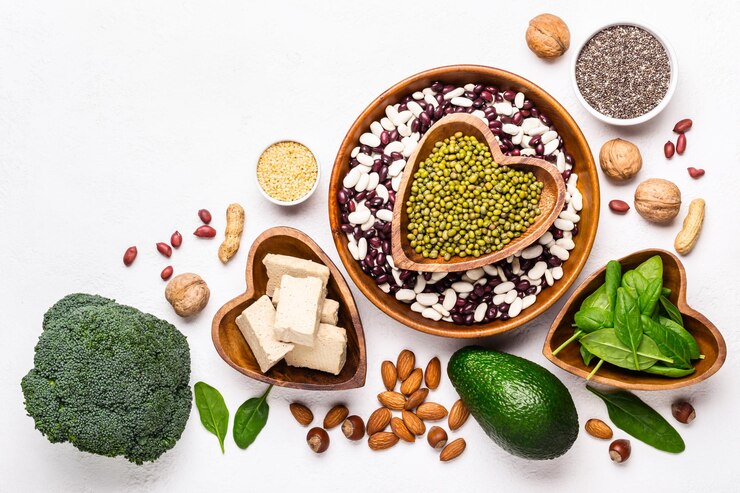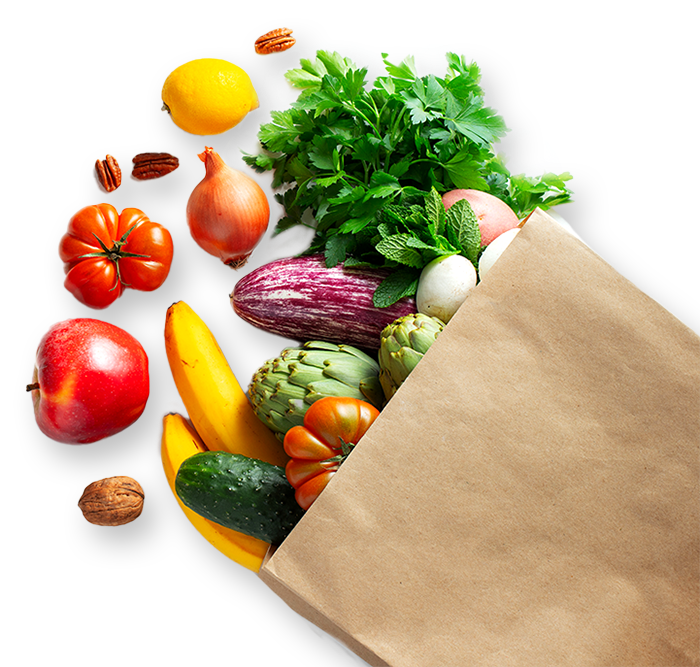High-Fiber Foods : Your Essential Guide to Digestive Wellness

Fiber isn’t just about staying regular – it’s the unsung hero of digestive health, influencing everything from gut bacteria to immune function. With most people failing to meet daily fiber requirements, understanding which foods pack the biggest fiber punch can transform your gut health. Let’s explore nature’s best fiber sources and practical ways to include them in your meals.
Why Your Gut Loves High Fiber Foods (And How It Works)
Fiber performs three crucial roles in digestive health:
- Feeds good gut bacteria (acts as a prebiotic)
- Softens stool for comfortable elimination
- Slows digestion for better nutrient absorption
Recent studies show that getting enough fiber can reduce colorectal cancer risk and lower IBS symptoms. But not all fiber is the same:
Soluble Fiber:
- Dissolves in water (forms a gel)
- Found in oats, apples, beans
- Helps lower cholesterol
Insoluble Fiber:
- Doesn’t dissolve in water
- Found in wheat bran, vegetables
- Prevents constipation
Top 12 High-Fiber Foods (With Simple Recipes)
- Chia Seeds
10g fiber per ounce
Try: Mix into yogurt or make chia pudding - Lentils
15g fiber per cooked cup
Try: Add to soups or Balkan-style salads (see my post on the Balkan Diet) - Avocados
10g fiber each
Try: Spread on whole grain toast
Other Fiber All-Stars:
- Raspberries (8g per cup)
- Artichokes (10g each)
- Pearl barley (6g per cup)
- Split peas (16g per cup)
- Dark chocolate (70%+ cocoa, 3g per ounce)
Pro Tip: Gradually increase fiber intake to avoid bloating – aim for 3-5g more each day until you reach 25-38g.
5 Simple Ways to Boost Fiber Intake
- Start strong: “Fiber-up” breakfasts like oatmeal with berries
- Snack smart: Keep roasted chickpeas or pear slices handy
- Upgrade grains: Choose quinoa over white rice
- Sneak it in: Add flaxseed to smoothies
- Veggie swap: Use lettuce wraps instead of tortillas
“I help clients add 10g fiber daily through simple swaps – like choosing raspberries over grapes.” – [Your Name], Registered Dietitian
Common Fiber Mistakes (And How to Avoid Them)
- Going from 0 to 100g overnight
Fix: Increase gradually over 2-3 weeks - Not drinking enough water
Fix: Pair high-fiber meals with a glass of water - Only focusing on supplements
Fix: Get most of your fiber from whole foods
Did you happen to know? My Gut Health Guide explains how fiber and probiotics work together for optimal digestion.
Fiber-Rich Meal Plan (1500 Calories)
Breakfast: Chia pudding with raspberries (12g fiber)
Lunch: Lentil soup with whole grain bread (18g fiber)
Snack: Apple with almond butter (5g fiber)
Dinner: Grilled salmon with quinoa and roasted Brussels sprouts (10g fiber)
Conclusion: Making Fiber a Lifestyle
Incorporating diverse fiber sources doesn’t require drastic diet changes. Start by adding one new fiber-rich food daily and notice how your digestion improves. Remember, the Balkan diet’s emphasis on legumes and whole grains offers delicious high-fiber inspiration.
Ready to transform your gut health? Book a consultation to create your personalized high-fiber plan!
also check our profile on intently.com

